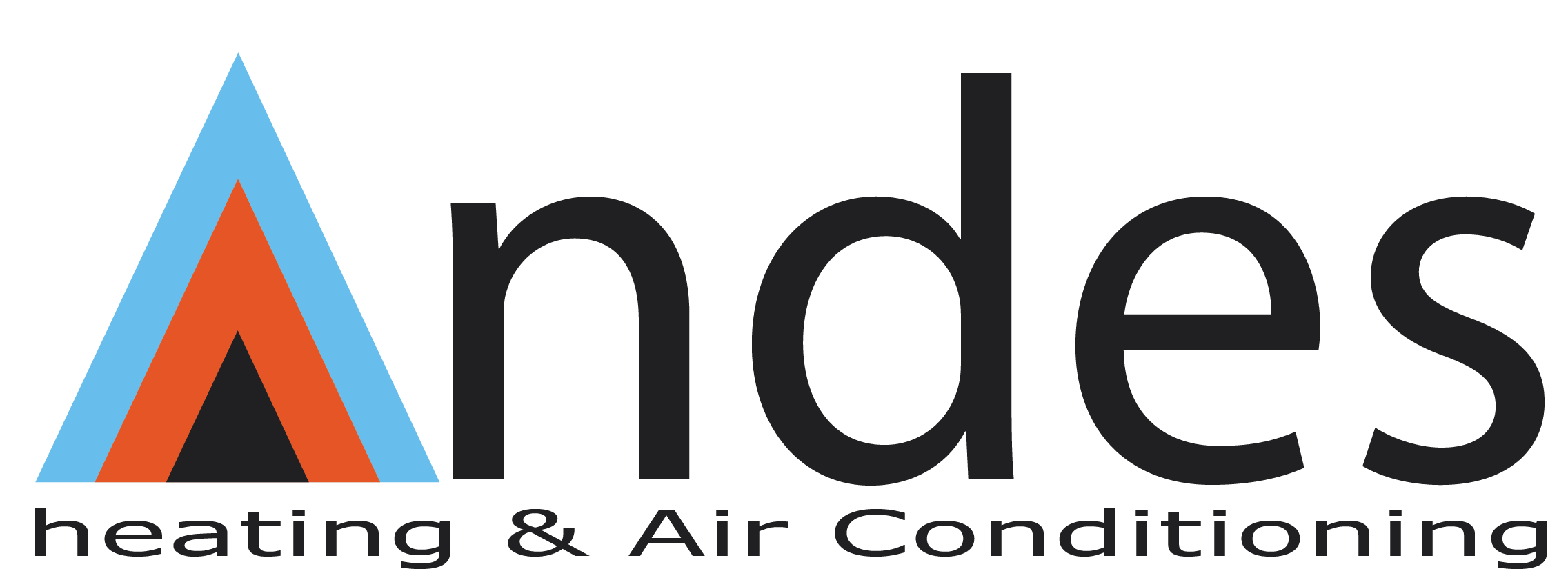See below for full list of what is included in the 20 Point Tune-up.

1. Thermostat
Check for loose connections that may cause unit short cycling. If possible, check or calibrate temperature readings.
2. Split Temperatures
Measure temp drop as air passes through evaporator coil. Ideal temperature drop should be approximately 17-20 degrees.
3. Air Filter
Inspect and advise on existing air filter by looking for debris that may be restricting air flow in the return and try to inspect the face of indoor coil.
4. Blower Whee
Check for proper operation and ensure for proper balance. Check to make sure blower wheel is clean and free of build up.
5. Air Ducts
Make sure air ducts are clean and free of growth. Look for signs that may indicate leaks in ducts. (Cold air in attic or insulation in ducts).
6. Disconnect Box
Make sure all connections are tight. Look for signs of metal fatigue or signs of overheating (bluish-green).
7. Fuses
Check fuse condition. If fuse is swollen or bad, check disconnect box for loose connection or leaks that may be allowing water inside.
8. Contractors
Check switch for worn or pitted points. Check part for possible discoloration or burnt wires.
9. Start Kit | Relays | Transformers
Inspect all parts for loose wiring or worn out parts, and ensure parts are securely mounted.
10. Run Capacitors
Check microfarads on all caps. Recommend replacement if they are not within 10%. Check for oil leaks or voltage drop.
11. Compressor
Check starting amp draw along with running amps. Compare to unit ratings. Look for burnt wires at compressor terminal.
12. Refrigerant
Check system pressures to ensure proper charge on unit. If the system needs more than 2 lbs DO NOT add refrigerant until leak is found and repaired.
13. Condenser Motor
Check amp draw against max ratings. If needed, oil motor. Check for loose bearings or damaged fan blades.
14. Condenser Coil
Check temperature split on coil. Should be approximately 30 degrees. Ensure coil is clean of debris and fins are not damaged.
15. Blower Motor
Check motor amperage and compare it to motor ratings. Oil motor if needed. Check to ensure of proper motor speed.
16. Evaporative Coil
Check and make sure both sides of the coil are clean. Dirty coils will cause poor system performance, early breakdown, as well as poor Indoor Air Quality.
17. Condensation Drain
Make sure drain is free of debris and bacteria growth. Check PVC for loose or cracked parts. Look for overflow signs (rust).
18. Plenum
Make sure plenum (elbow) is sealed correctly and that no air is escaping to the outside. 8 out of 10 elbows leak, usually underneath.
19. Insulation
Check the insulation by blower to make sure it can’t be sucked in. Check tubing on suction line. Worn insulation affects system efficiency.
20.Safety Controls
Check to make sure that the safety and high-pressure controls are functioning.
AC Tune-up: Why is it Important?
Regular tune-ups are an important part of maintaining your heating and cooling system. HVAC systems in Los Angeles normally run for over 4,000 hours each year! That would be like your car running at 45 mph for 180,000 miles.
Andes Air Conditioning wants to help you and your family live comfortable and fresh environment so we recommend that you tune up your HVAC system twice a year, once before winter and once before summer, to be prepared for the temperature extremes in each Los Angeles County.
Andes Air Conditioning is offering a $49 AC tune-up for your entire system – heating and cooling.





